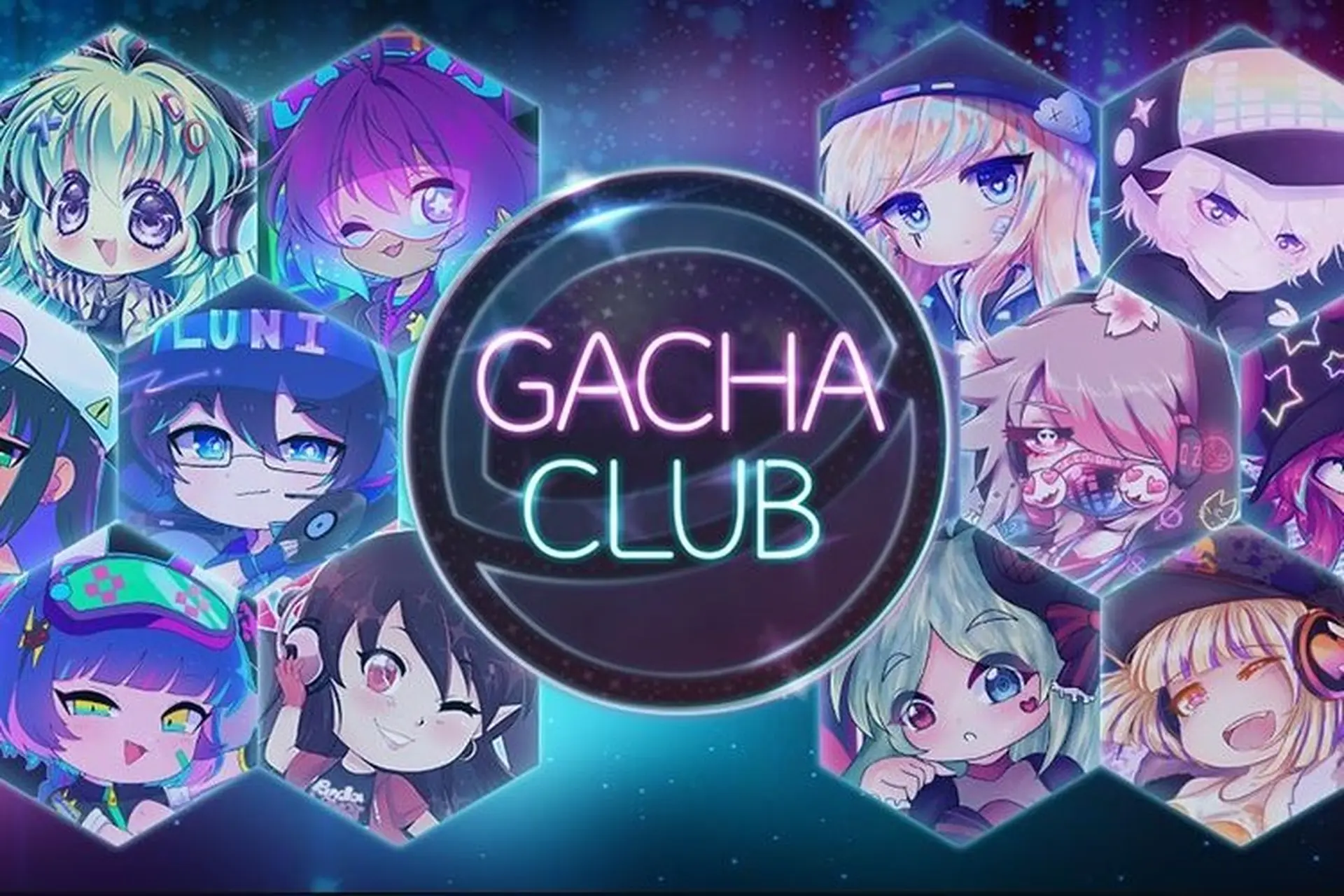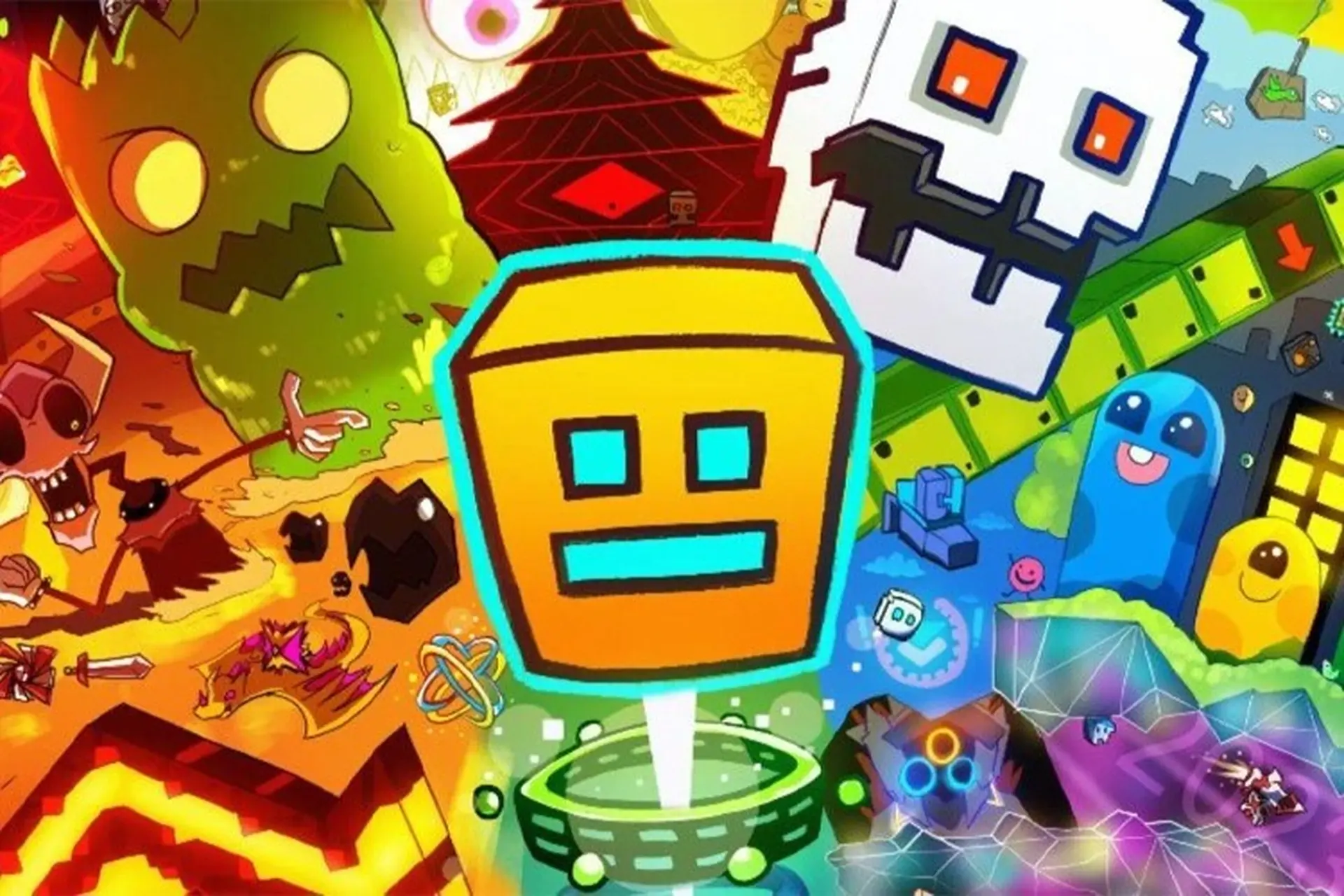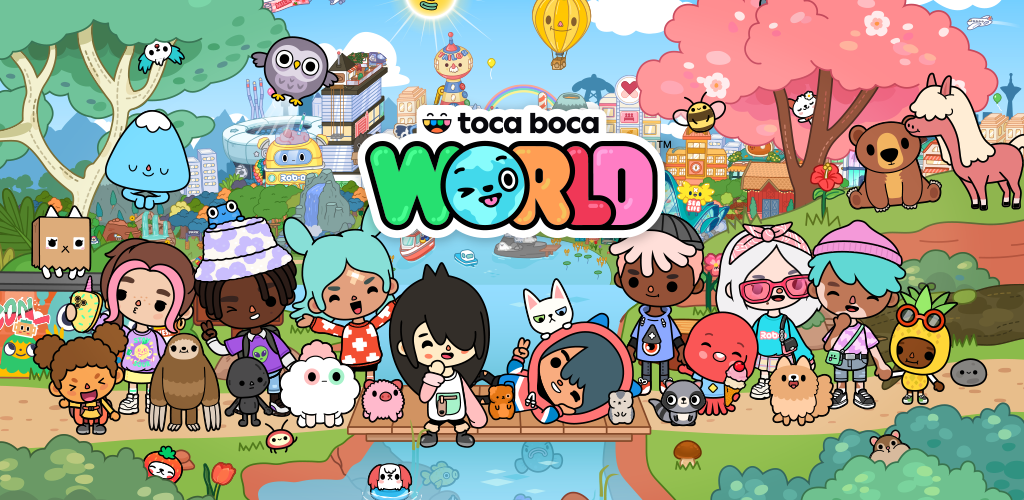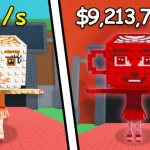Popular Now
Introduction
Genshin Impact has been praised for its generous free-to-play model, beautiful open world, and engaging character designs. However, as the game grows older and the roster expands, players are increasingly concerned with a creeping issue: power creep. This term refers to the gradual unbalancing of a game due to the continuous release of new, stronger characters that outshine older ones. While some power creep is expected in long-term games, Genshin's handling of this progression has sparked debate. Is it becoming necessary to pull new characters just to keep up? Or is there still room for old favorites? This article explores the impact of power creep on Genshin's meta, progression, and player experience.
1. Defining Power Creep in Genshin’s Context
Power creep occurs when newer units significantly outperform older ones, rendering the latter obsolete or suboptimal in comparison. In Genshin, this can manifest through:
-
Better multipliers and scaling.
-
More versatile or unique abilities.
-
Stronger passive talents or constellations.
-
Synergistic designs that fit the meta better.
Unlike traditional gacha games that rely on stats alone, Genshin introduces power creep more subtly — through layered synergy, enhanced team utility, and new mechanics that older characters simply don’t have access to.
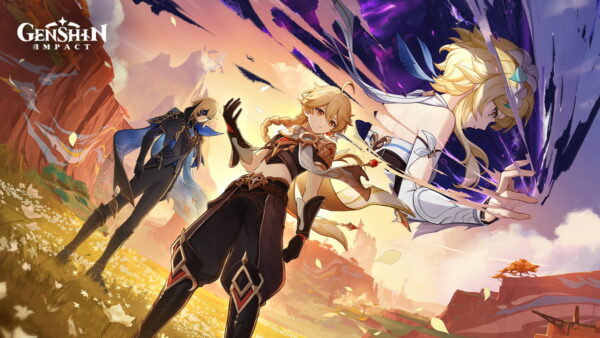
2. Early Game Balance: A Fair Playing Field
In Genshin’s early days (Mondstadt and Liyue era), characters like Diluc, Venti, Keqing, and Qiqi were considered top-tier. Their kits were straightforward, with raw damage and healing dominating the meta. The Abyss was relatively simple, and team comps were flexible.
During this phase:
-
No one felt “left behind.”
-
Every 5-star had a viable role.
-
Elemental reactions were simple and effective (especially Vaporize and Melt).
-
Endgame content didn’t require perfection.
This design made the game accessible and fair. Characters were built for general use, rather than being Abyss-optimized.
3. Inazuma and the Start of Meta Disruption
With the Inazuma update, HoYoverse began experimenting with more complex mechanics. Characters like Raiden Shogun and Ayaka introduced high-scaling bursts and energy refund mechanics. Meanwhile, older characters like Amber, Xinyan, and Lisa started to struggle more in harder content like Floor 12 of the Abyss.
Key shifts included:
-
Strong energy management abilities (e.g., Raiden’s team battery).
-
Cryo and Electro synergy tailored to Abyss shields.
-
Elemental mastery builds beginning to matter.
While not outright power creeping yet, the difference between optimized newer characters and older ones started to become noticeable.
4. Sumeru and the Rise of Dendro: Controlled Creep
Sumeru introduced the Dendro element, revolutionizing the elemental reaction system. Reactions like Bloom, Hyperbloom, and Quicken introduced entirely new team archetypes — but only a select few characters could use them well.
Characters like:
-
Nahida (Dendro Archon) became the definitive EM buffer.
-
Alhaitham and Tighnari opened up strong on-field Dendro DPS roles.
-
Yae Miko and Kuki Shinobu surged in value because they synergized well with Hyperbloom.
This sidelined many characters who couldn't interact with Dendro. For example, Pyro characters became less favored in Abyss meta, especially those without Dendro synergy. It wasn’t just power creep in stats — it was in compatibility with the evolving elemental system.
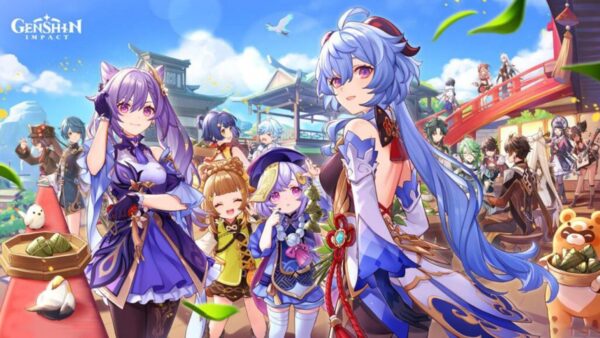
5. Fontaine and Power Creep via Kit Complexity
Fontaine characters further advanced power creep through hyper-complex kits with multiple scaling mechanics. Take Neuvillette, for example: his Charged Attacks scale off max HP, and his damage ramps up through a unique mechanic (Sourcewater Droplets). Meanwhile, older characters like Barbara, despite being in the same element and rarity tier, feel flat and outdated.
Similarly:
-
Furina blends HP drain with team buffs and scaling that depend on team structure.
-
Clorinde has conditional buffs tied to taking damage — far more layered than early DPS characters.
This progression makes older characters look like relics of a simpler time, lacking the flexibility or synergy required in newer meta environments.
6. Constellation Creep: A Silent but Dangerous Shift
Power creep doesn’t only come from base kits — it’s embedded in constellations too. Many newer 5-stars have stronger C1 or C2 abilities that significantly change their power level. For example:
-
C2 Raiden massively boosts her team’s Elemental Burst damage.
-
C2 Nahida adds guaranteed crit scaling to her skill.
-
C6 Neuvillette and Clorinde become damage monsters with near-invincibility.
In contrast, older characters like Keqing or Qiqi barely improve with constellations. This incentivizes spending more Primogems on newer characters, making older units increasingly irrelevant unless used purely for nostalgia or preference.
7. The Abyss Meta: A Mirror of Power Creep
The Spiral Abyss serves as the only repeatable endgame challenge in Genshin. It reflects which characters are strongest and most versatile. Over time, Abyss content has shifted to favor:
-
High AoE burst.
-
Short cooldown rotations.
-
Energy independence.
-
Shield-piercing or healing under HP restrictions (Fontaine mechanics).
Older characters often can’t meet these criteria. For example:
-
Amber struggles with AoE and lacks energy regen.
-
Beidou’s off-field burst doesn’t hit multiple enemies well unless they’re grouped.
-
Mona’s Burst is strong but requires proper setup and isn’t always reliable.
Tier lists heavily favor newer units, pushing players toward recent banners for performance-based team building.
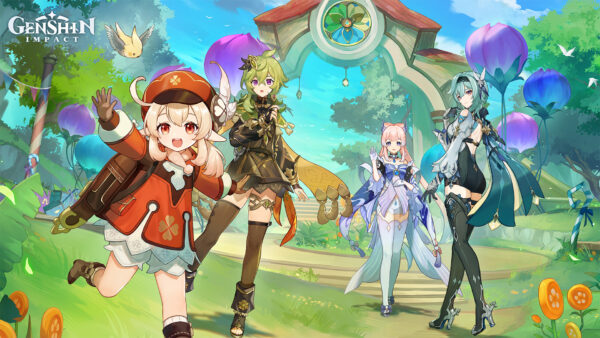
8. Coping Strategies: How Players Adapt
Players respond to power creep in several ways:
-
Whaling or saving exclusively for new characters.
-
Creating “niche” builds for older units for fun (e.g., Physical Lisa or EM Yanfei).
-
Using older units only in exploration or casual domains.
-
Relying on guides and tier lists to determine banner value.
These coping mechanisms highlight the growing disconnect between personal preference and meta viability. Many players feel forced to chase new characters to stay relevant, even if they love their old teams.
9. Can Power Creep Be Reversed? Possible Solutions
Power creep isn’t always bad — it can reinvigorate a stagnant meta. However, Genshin needs a way to keep older characters viable without breaking balance.
Potential solutions:
-
Introduce artifact sets tailored to old characters (e.g., new Crimson Witch alternatives).
-
Add rework or buff patches to improve underused characters.
-
Include more side content where stats matter less (like Theater Mechanicus or Windtrace).
-
Expand enemy mechanics to favor diversity instead of punishing older kits.
The key is offering options for older characters to shine again — not necessarily to compete at top-tier Abyss performance but to feel relevant and enjoyable.
10. What the Future Holds: Will Genshin Balance or Snowball?
With Natlan and other regions approaching, the roster will continue to expand. If HoYoverse doesn't address power creep proactively, we may see:
-
Harder content gatekept by a handful of new characters.
-
Community frustration over “skippable” banners of older reruns.
-
Increased burnout as players feel forced into the meta arms race.
Alternatively, if Genshin embraces horizontal power — offering unique, interesting characters rather than just stronger ones — power creep could be managed. The future depends on how willing the devs are to support old characters as more than banner fillers.
Conclusion
Power creep in Genshin Impact is a growing concern as newer characters consistently outperform older ones in mechanics, scaling, and synergy. While some of this is inevitable in a live-service game, the current trajectory risks making early-game favorites obsolete. Without meaningful reworks or systemic balancing tools, players may increasingly feel pressure to abandon old teams in favor of chasing meta-relevant units. For a game that celebrates attachment to characters, this trend could prove to be one of its biggest long-term challenges.











